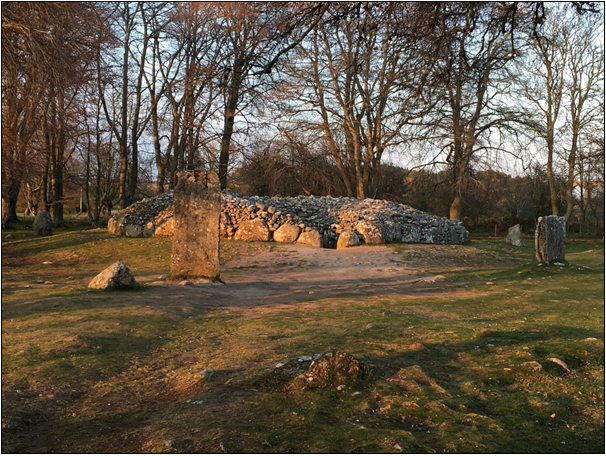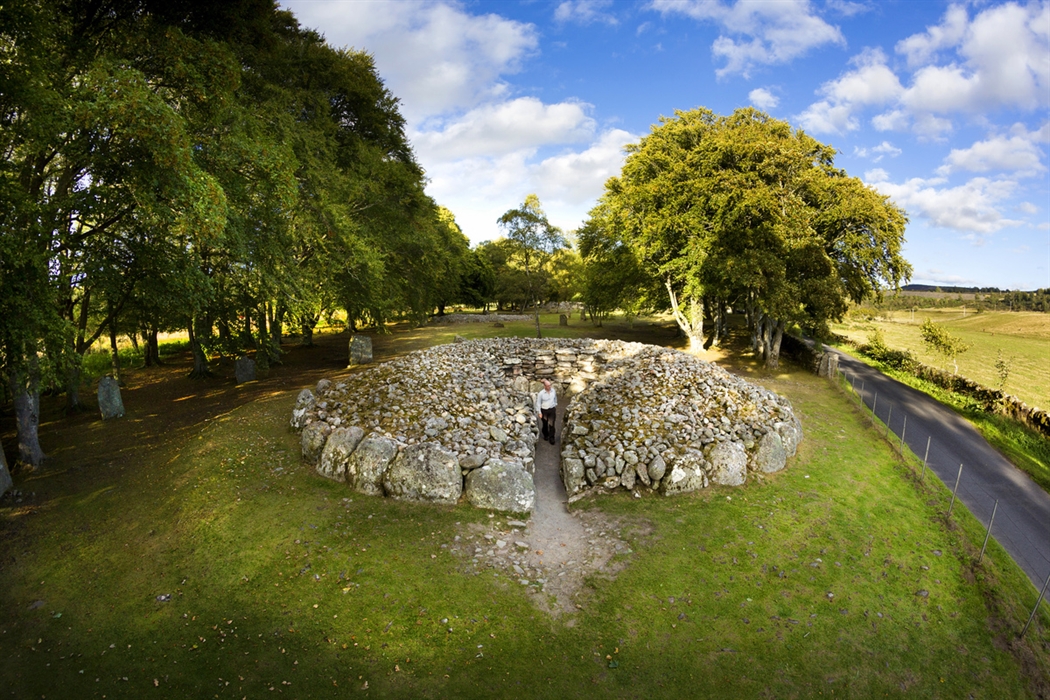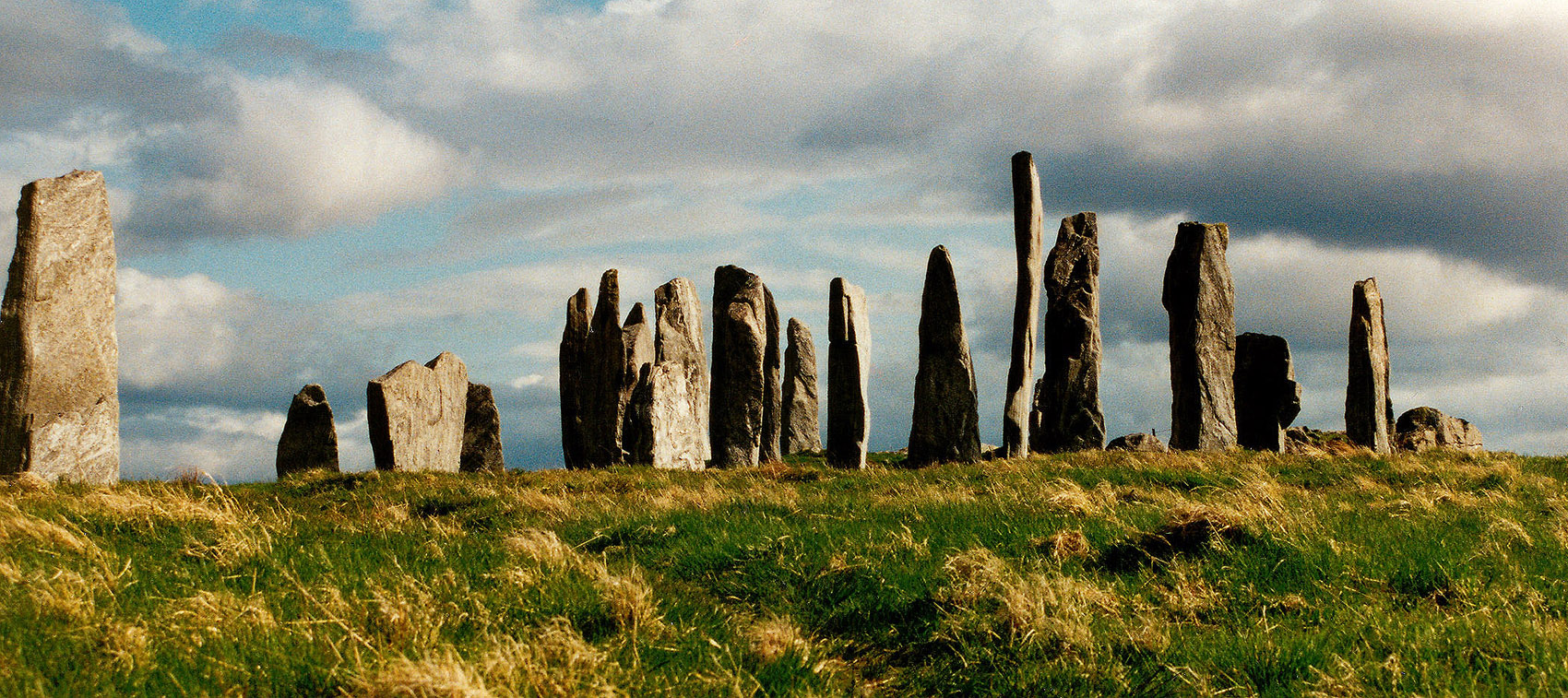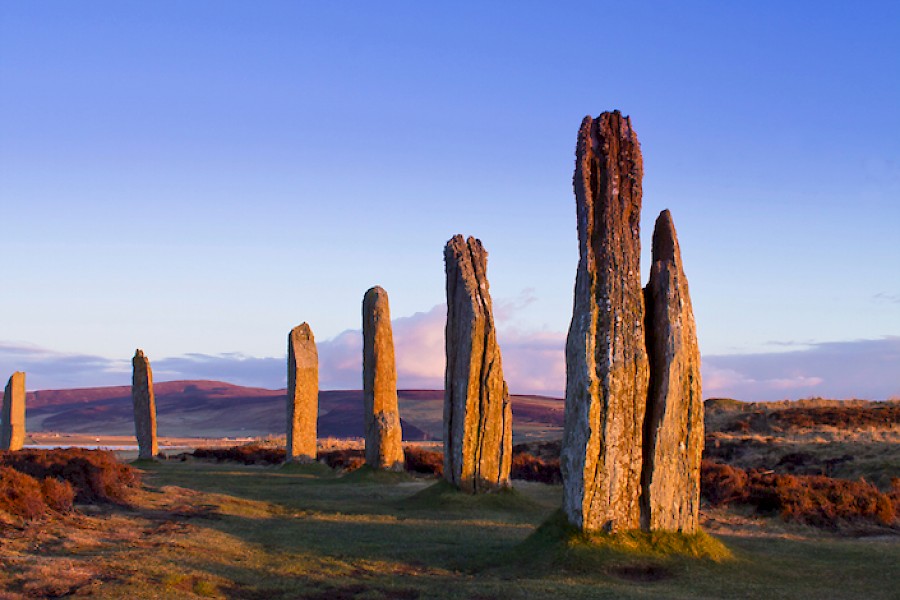
When you think about the history of Inverness many would immediately think of the Jacobite risings and the battle of Culloden. Or, perhaps the history of the Covenanters, Cromwell and the Civil War. Maybe the Medieval history of the city, or the town’s past for trading. But Inverness boasts impressive history that goes way, way back to before even the Pictish warriors of old…
Around 7,000 years ago we start to see human settlement occurring in the area that will one day become the Highland Capital. Work done on Castle Street and Bridge Street close to the Town House uncovered pieces of flint and charcoal dating to before 5,000 BCE (or Before Common Era). These finds suggest that early nomadic hunter-gatherers settled here – perhaps traveling along the river Ness to the coastline. The land they would be travelling through would have been different to what we see today. Inverness back then would have been covered in forest: charcoal fragments found in cores collected from the bottom of Loch Ness indicate forest fires plagued the Great Glen. These forests would have been home to deer, boar, wolves and other large animals – predators and prey to the first inhabitants of Inverness.
Just as it was during the countless wars that Inverness was later involved in, prehistoric Inverness was fraught with danger. Evidence has been uncovered relating to natural disasters that affected the city; in 1839 workmen on the northern part of High Street discovered bits of “…a deer’s horn, 36 inches in length…covered in sea shells.” It is speculated that this antler came from a shell midden – a large heap of seashell often deposited by a flood or tsunami. The early hunter-gatherer societies may have settled here despite these dangers because of the important access to the sea. Pottery found in 1997 during construction of the Raigmore police station bore a striking resemblance to pottery found in Orkney and Fife, suggesting Inverness’ predecessor was used as a coastal trading post on the coast of Scotland.

As well as coastal trading, Inverness was a place for burial during the Bronze Age (between 3,200–600 BCE). A “cist grave” containing a sitting skeleton was found in Bught Park in 1956. The skeleton was buried alongside a bronze sword of the type dating to around 1,700 BCE. The most famous and spectacular of Inverness’ Bronze Age burial sites however has to be Clava Cairns, about a mile south of Culloden Battlefield. These burial cairns date to over 4,000 years old and would have worked as one large place for gathering and worship. These cairns may have acted as resting places for important peoples in the community, with the possibility that each of the three main cairns acted as a tomb for one or two individuals. The cairns also bear a connection to midwinter with the three cairns forming a line that runs North-East to South-West, implying the builders were focused on the midwinter sunset. During archaeological research on Culloden Battlefield a series of Bronze Age roundhouses were located on the moor – perhaps the homes that these builders used to live in.
As time went on Inverness became the dominion of the Picts (from the latin “Picti” meaning “Painted Ones”). Within Inverness itself is the hill called Craig Phadrig, which bears the remains of a vitrified hill fort dating to the reign of King Brude of the Picts who ruled Inverness in 560AD. Several Pictish stones have been found around Inverness-shire and other places close to Inverness, one example is the Knocknagael Boar Stone dating to 400 to 600AD. It was found south of Inverness and may have acted as either a grave or a boundary marker – today it is on display inside the Highland Council Headquarters.


